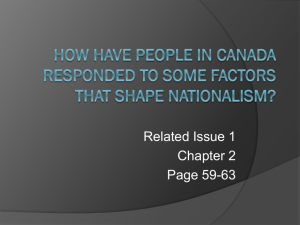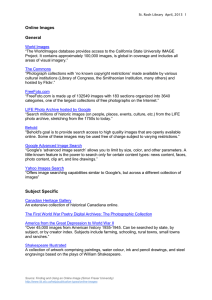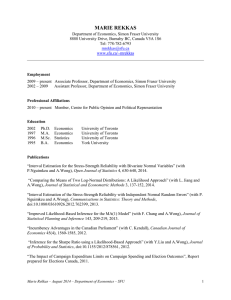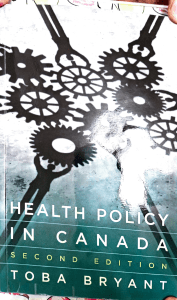In association with Simon Fraser University & Vancouver Coastal Health... Simon Fraser University
advertisement
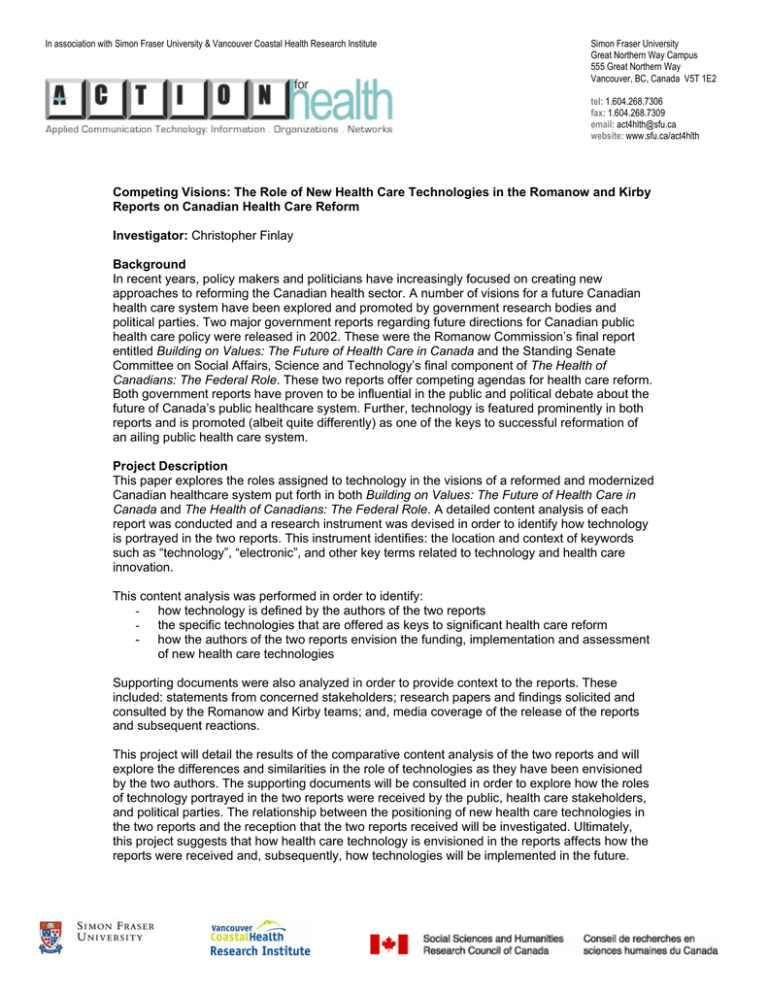
In association with Simon Fraser University & Vancouver Coastal Health Research Institute Simon Fraser University Great Northern Way Campus 555 Great Northern Way Vancouver, BC, Canada V5T 1E2 tel: 1.604.268.7306 fax: 1.604.268.7309 email: act4hlth@sfu.ca website: www.sfu.ca/act4hlth Competing Visions: The Role of New Health Care Technologies in the Romanow and Kirby Reports on Canadian Health Care Reform Investigator: Christopher Finlay Background In recent years, policy makers and politicians have increasingly focused on creating new approaches to reforming the Canadian health sector. A number of visions for a future Canadian health care system have been explored and promoted by government research bodies and political parties. Two major government reports regarding future directions for Canadian public health care policy were released in 2002. These were the Romanow Commission’s final report entitled Building on Values: The Future of Health Care in Canada and the Standing Senate Committee on Social Affairs, Science and Technology’s final component of The Health of Canadians: The Federal Role. These two reports offer competing agendas for health care reform. Both government reports have proven to be influential in the public and political debate about the future of Canada’s public healthcare system. Further, technology is featured prominently in both reports and is promoted (albeit quite differently) as one of the keys to successful reformation of an ailing public health care system. Project Description This paper explores the roles assigned to technology in the visions of a reformed and modernized Canadian healthcare system put forth in both Building on Values: The Future of Health Care in Canada and The Health of Canadians: The Federal Role. A detailed content analysis of each report was conducted and a research instrument was devised in order to identify how technology is portrayed in the two reports. This instrument identifies: the location and context of keywords such as “technology”, “electronic”, and other key terms related to technology and health care innovation. This content analysis was performed in order to identify: - how technology is defined by the authors of the two reports - the specific technologies that are offered as keys to significant health care reform - how the authors of the two reports envision the funding, implementation and assessment of new health care technologies Supporting documents were also analyzed in order to provide context to the reports. These included: statements from concerned stakeholders; research papers and findings solicited and consulted by the Romanow and Kirby teams; and, media coverage of the release of the reports and subsequent reactions. This project will detail the results of the comparative content analysis of the two reports and will explore the differences and similarities in the role of technologies as they have been envisioned by the two authors. The supporting documents will be consulted in order to explore how the roles of technology portrayed in the two reports were received by the public, health care stakeholders, and political parties. The relationship between the positioning of new health care technologies in the two reports and the reception that the two reports received will be investigated. Ultimately, this project suggests that how health care technology is envisioned in the reports affects how the reports were received and, subsequently, how technologies will be implemented in the future.



